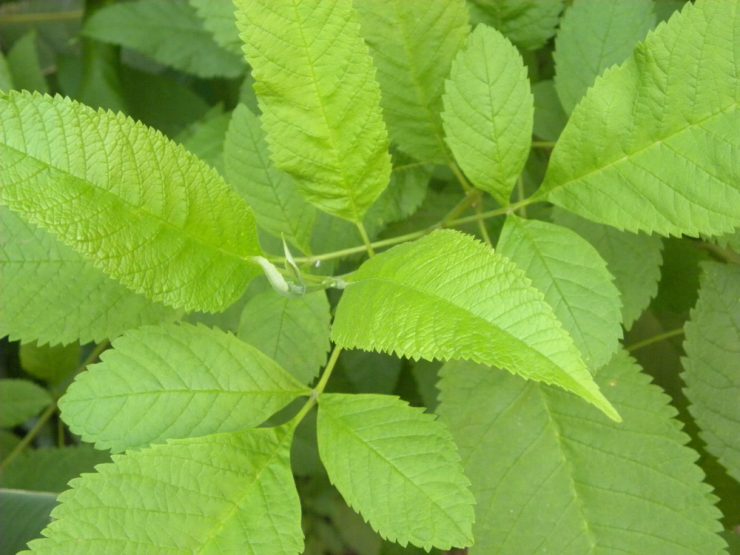Native to North America, slippery elm (Ulmus fulva) can grow as high as 50ft. It is topped by spreading branches that form an open crown and has stalkless flowers, which are arranged in dense clusters. It is the inner bark which is dried, powdered and used for medicinal purposes.
WHAT ARE ITS ORIGINS?
Slippery elm has been highly valued as a herbal remedy in North America for centuries. It was mainly used in healing salves for wounds, boils, ulcers, burns and skin inflammation as well as taken orally to relieve coughs, sore throats, diarrhoea and stomach problems.
Its roots were sometimes made into a tea and given to mothers who were going through a difficult labour in childbirth. Nineteenth- century physicians and herbalists also recommended slippery elm for pneumonia, consumption and pleurisy.
WHAT ARE ITS BENEFITS?
The bark of slippery elm contains mucilage, a sticky substance that becomes a slick gel when mixed with water. This provides a protective coat for the stomach making it ideal for soothing the mucous membranes in cases of stomach inflammation (gastritis), ulceration and heartburn. Little research has been carried out on slippery elm but it is thought that the bark also contains antioxidants, which may help bolster the immune system and help reduce intestinal inflammation. It has a faint fenugreek taste smell and a bland taste.
Herbalists often recommend slippery elm for indigestion and it can be taken before a journey to combat travel sickness. Taking a couple of tablets before a party or night out at the pub is thought to help reduce the risk of a hangover as the herb provides a coating for the stomach lining which will help reduce alcohol absorption. Externally slippery elm can help to soothe burns and wounds.
HOW IS IT USED?
Slippery elm can be made into a gruel by mixing one to two teaspoons of the powder with a little water to form a paste and then adding enough water or milk to make up to a cup. It should be left to stand for five minutes before drinking – try flavouring with honey or cinnamon if you don’t like the taste. It can also be taken as a tablet or applied as a cream for burns and wounds and as a drawing remedy for splinters and boils.
WATCHPOINTS
- Slippery elm should not be taken in pregnancy.
- Avoid taking slippery elm with other medications as it can reduce absorption.

























Add comment